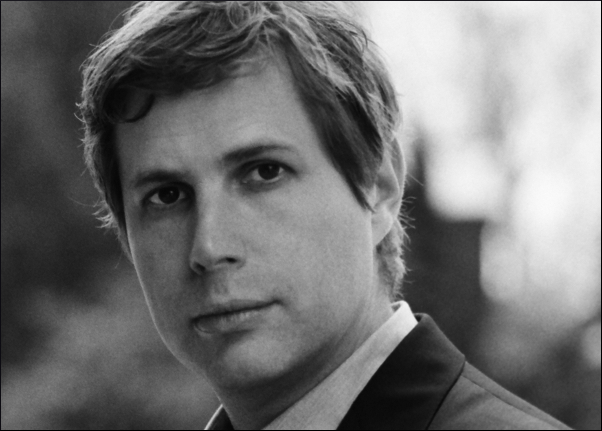
- Measuring the World
- Published by: Rowohlt Verlag
- Level: Intermediate
- First Published in: 2005
More than two million copies of Measuring the World have been sold in Germany alone, and though sales do not always correspond with quality, it would be safe to say that success is justified in this case.

Since its publication in 2005, the novel Die Vermessung der Welt (Measuring the World) has been a great success for its author, Daniel Kehlmann. More than two million copies have been sold in Germany alone, and though sales do not always correspond with quality, it would be safe to say that success is justified in this case. The book has been translated into various languages, has been generously reviewed in the New York Times, and has yielded an audio book, a play, and a movie.
In his novel, Kehlmann tells the stories of real-life German geographer Alexander von Humboldt and German mathematician Carl Friedrich Gauss, who meet at a scientific convention in 1828. Though officially a mixture of fact and fiction, Die Vermessung der Welt is more of an imaginative tale than a biography. It is based on authentic records, but Kehlmann does not focus on historical fact. Instead, he invents inner lives for Gauss and Humboldt, constructing highly artificial and eccentric characters that make the novel worthwhile.
"More than two million copies have been sold in Germany alone, and though sales do not always correspond with quality, it would be safe to say that success is justified in this case."
Throughout, there are flashbacks of the protagonists’ childhoods, which explain their thoroughly different backgrounds and help readers understand their disparate character traits. Both of them share a single aim, to comprehend the world. Yet, while Humboldt travels around the globe as an avid adventurer, Gauss prefers secluded and theoretical work. Still, both immerse themselves so much into their respective studies that they seem to lose contact with everything around them.

Not only is the story itself intriguing, but so is Kehlmann’s writing style. He uses indirect speech and the German subjunctive, which is very unusual and takes some getting used to at first. However, this allows for some very peculiar puns, giving the whole work an ironic and otherworldly tone and suggesting the protagonists’ disconnect from reality.
What makes this novel so entertaining is how Kehlmann blends comic and tragic elements. Furthermore, the novel describes how the brilliant minds of Humboldt and Gauss prevent them from living normal lives, as their encounters with the “real” world give way to several absurd and unforgettable scenes. Also, despite all the fun moments, there is room for philosophical debate. After all, this is a story about ravenous curiosity, groundbreaking discoveries, and the study of human nature as well as the human in nature. It is also about aging, about locating oneself within society, and about the limits of science.

